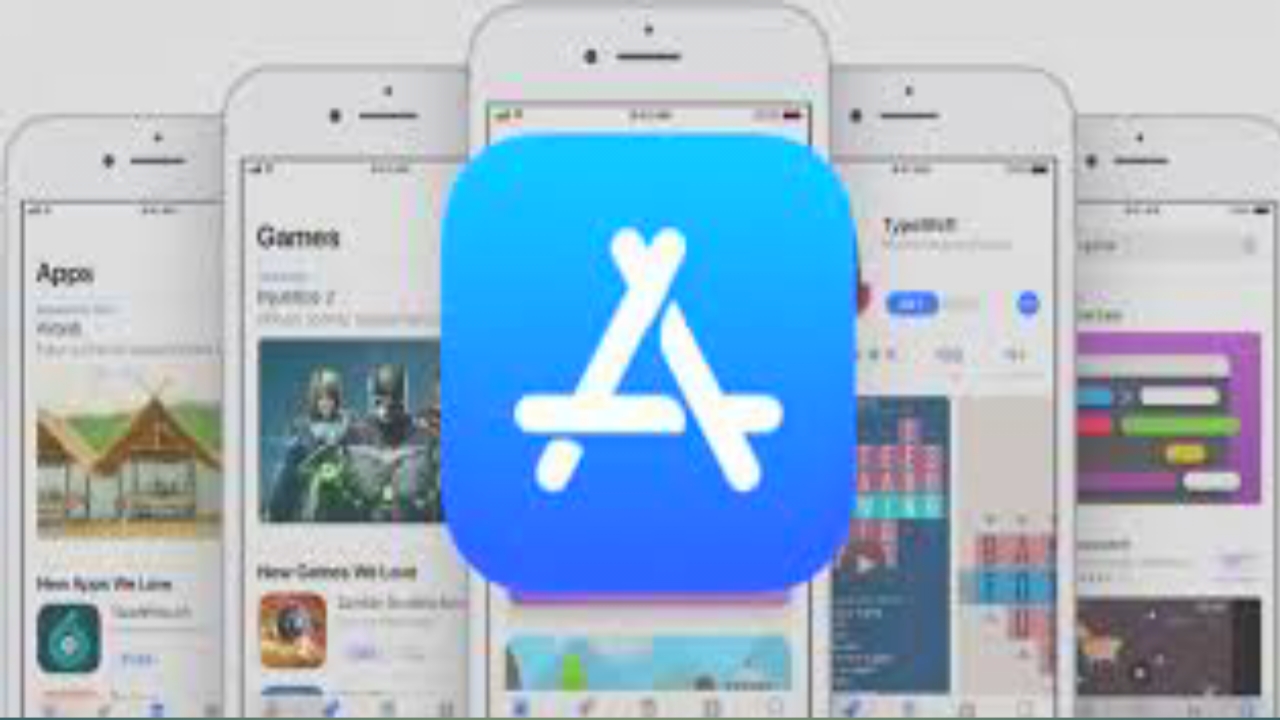Advertisers are fleeing Facebook and Instagram en masse: a report of the Wall Street Journal tells the very difficult first months of Meta’s social platforms since the introduction of the App Tracking Transparency, the new iOS feature (released with version 14.5) for which each app must obtain the explicit consent of the user for advertising tracking via cookies (which of course no one guarantees).
The Journal brings as an example several testimonies of small and medium-sized companies, which before iOS 14.5 spent all or most of their advertising budget on Meta’s platforms: a few months later, the costs for acquiring customers were more or less tenfold. The advertisements are much less targeted and therefore less effective, and you have to buy many more to reach the same users that you reached before. Apparently, it is Google who gains: that’s where businesses shift their advertising budgets.
Facebook itself said it would predict that the impact of App Tracking Transparency on revenue this year will be as high as $ 10 billion all in all. He said it in the context of one of the most difficult quarterly in recent years, between the metaverse division with a very heavy loss, the abandonment of the crypto project and the first drop in users (albeit minimal) ever recorded. The stock market crash caused a capitalization loss of more than $ 200 billion, albeit a very theoretical and unrealistic parameter.
According to analysts contacted by the newspaper, Apple’s move has completely upset the Facebook business model; which, moreover, is trying to radically change approach, with the whole question of the metaverse. Many predict that the ultimate goal of Zuckerberg and associates is to regain control of the users’ environment, in order to once again be able to deliver highly specific and targeted advertisements to them.
Meta’s spokespersons, however, responded by simply saying that “with the arrival of the App Tracking Transparency, companies of all sizes find it harder to reach their customers”.


